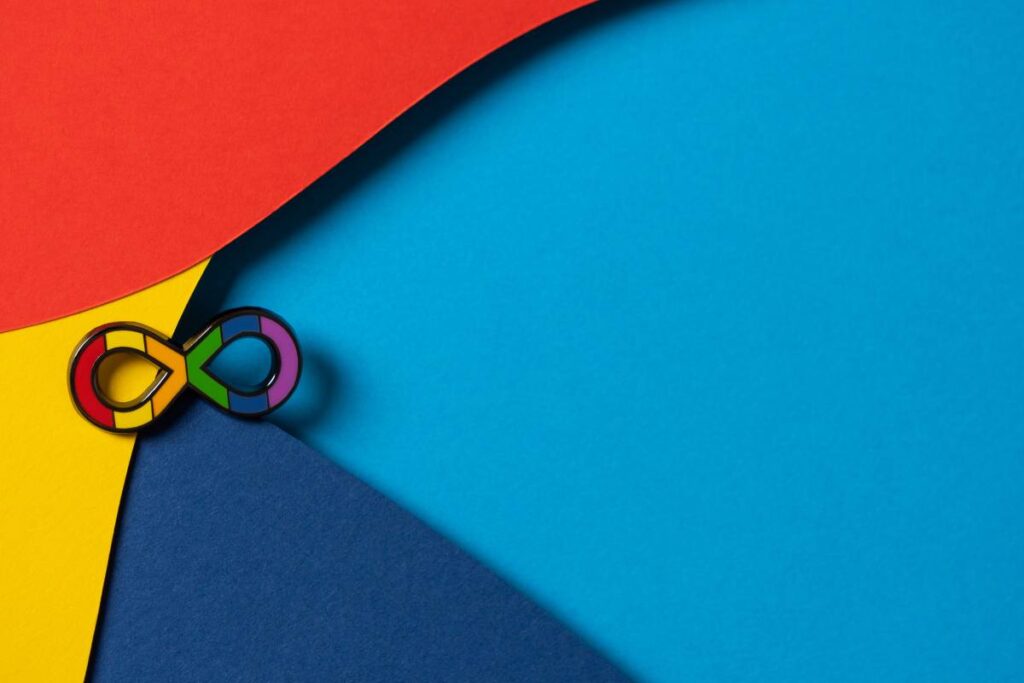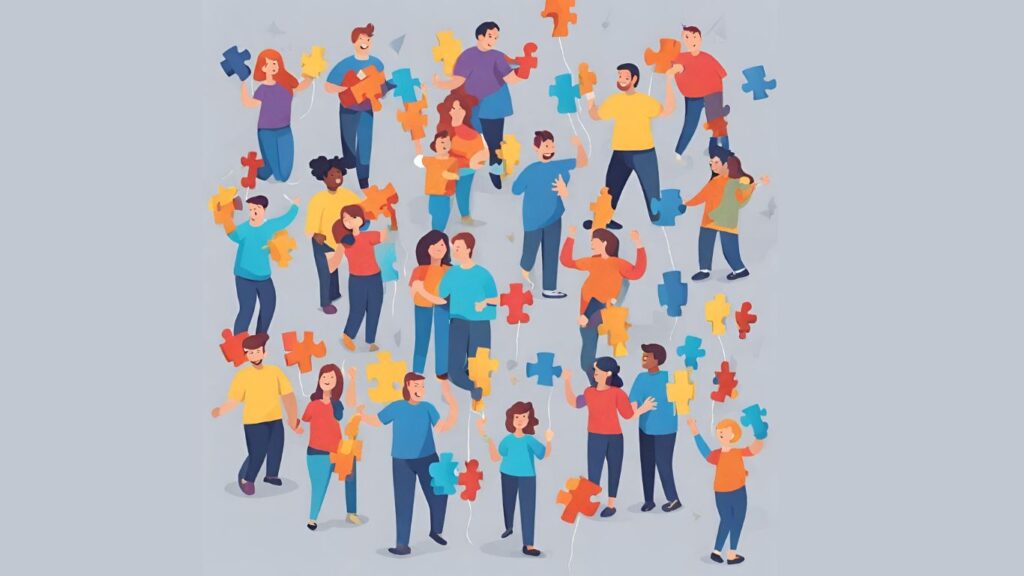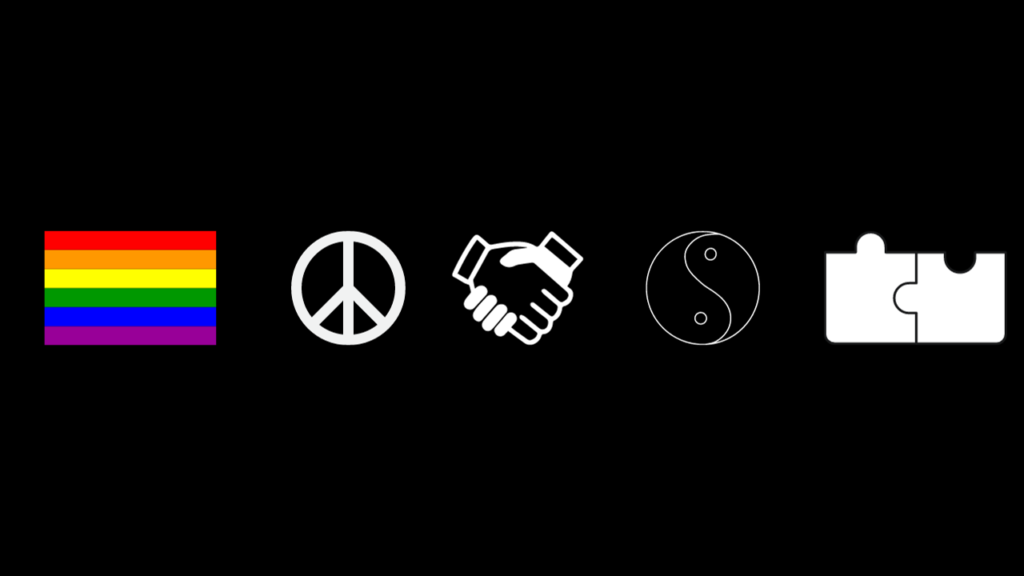The color most widely associated with autism is blue. This connection stems largely from the advocacy efforts of Autism Speaks, a prominent autism organization. Their “Light It Up Blue” campaign, held on World Autism Awareness Day (April 2nd), encourages people to wear blue to raise awareness and show support for the autism community.
Blue evokes feelings of calmness, trust, and understanding, which resonates with the experiences of many autistic individuals. It also symbolizes hope for a more inclusive and supportive world.
The Autism Awareness Ribbon
The Autism Awareness Ribbon is a well-known symbol that has played a pivotal role in raising awareness about Autism Spectrum Disorder (ASD) Advanced Autism Service. The ribbon has evolved, with changing colors and symbols representing a cultural shift towards inclusivity, understanding, and acceptance of individuals with ASD.
Significance of the Puzzle Pattern
One of the most recognizable symbols of the Autism Awareness Ribbon is the puzzle piece. This symbolizes the complexity of the disorder and the feeling that individuals with ASD are unique and don’t quite “fit”. The puzzle piece is also a reminder that there is still much to learn and discover about ASD.
Color Symbolism
The most recognized color associated with Autism Awareness is a vibrant and bright shade of blue Advanced Autism Service. The color blue is often associated with calmness and relaxation, which can help individuals with ASD to feel more comfortable. The color blue is also the color of the puzzle piece in the Autism Awareness Ribbon.
In recent years, the use of multicolored ribbons has gained popularity as a symbol of Autism Awareness. These multicolored ribbons incorporate a range of colors, typically including blue, red, yellow, and green. The combination of colors symbolizes the diversity and uniqueness of individuals on the Autism Spectrum.
Autism Awareness Colors
Autism awareness colors are symbols that represent the autism community and promote understanding and acceptance of individuals with autism. The most recognized color associated with autism is blue, which has become synonymous with the global campaign to promote autism awareness. However, other colors are also associated with autism.
The Role of Blue
Blue is the most well-known hue associated with autism, symbolizing understanding, support, and a sense of calm. The National Autism Association chose blue as the primary color to represent autism because it signifies calmness and serenity.
Through the Light It Up Blue campaign, landmarks, buildings, and homes are illuminated in blue lights to raise awareness and show support for individuals with autism and their families. The campaign has been successful in promoting autism awareness and has helped to reduce the stigma associated with autism.
Incorporating Other Colors
While blue is the most recognized color associated with autism, other colors are also used to represent the autism community. For example, red and yellow are often used in conjunction with blue to represent the diversity and multifacetedness of the condition.
In recent years, purple has emerged as an alternative color for autism awareness, often used alongside blue to represent the creative and imaginative aspects of autism. Organizations have embraced purple as a powerful and symbolic color, signaling a commitment to promoting acceptance and understanding of individuals with autism.
The Rainbow Spectrum
The rainbow spectrum is also used to represent the autism community, with each color representing a different aspect of the condition. For example, red represents the challenges faced by individuals with autism, while orange represents the need for early intervention and support.
Yellow represents the importance of education and awareness, while green represents the potential for growth and development. Blue represents the calmness and serenity associated with autism, while purple represents the creative and imaginative aspects of the condition.
Color Representation in Autism Advocacy
Autism is a neurodevelopmental disorder that affects communication, social interaction, and behavior. Autism advocacy aims to raise awareness, promote acceptance, and support individuals with autism. The color blue is the most recognized color associated with autism and is the primary color used in autism awareness campaigns. The blue ribbon has become a symbol of hope, solidarity, and support for those affected by autism.
Other colors are also used to represent autism. The rainbow-colored infinity symbol is another symbol used to represent autism. The diverse colors reflect the wide range of experiences and individuals on the autism spectrum, emphasizing that there isn’t just one ‘normal’ way to exist. Each color within the rainbow represents the variety of strengths and challenges faced by people with autism.
The Autism Awareness Ribbon is another globally recognized symbol for autism. It features a puzzle pattern of red, yellow, blue, and green pieces that symbolize the complexity of the disorder and the diversity of those affected by it. The ribbon represents unity, support, and advocacy for individuals on the autism spectrum.
Colors play an essential role in autism advocacy. They help raise awareness, promote acceptance, and support individuals with autism. The use of different colors and symbols reflects the diversity of experiences and individuals on the autism spectrum. By recognizing and celebrating this diversity, autism advocacy can become more inclusive and supportive of individuals with autism.
Alternative Symbols and Colors
While blue is the most well-known color associated with autism, some other colors and symbols represent autism. One alternative symbol that has gained popularity in recent years is the infinity symbol. The infinity symbol represents the idea of limitless possibilities and potential, which is a message that resonates with the autism community.
Another alternative symbol is the puzzle piece. The puzzle piece represents the complexity of the disorder and the idea that every individual with autism is unique. However, some people in the autism community find the puzzle piece symbol to be controversial, as it can be seen as implying that people with autism are incomplete or need to be “fixed.”
In terms of colors, some organizations use a multi-colored ribbon to represent autism. The colors typically include blue, red, yellow, and green, and each color represents a different aspect of autism. For example, blue represents communication difficulties, while red represents sensory issues.
Some organizations also use a gold ribbon to represent autism. The gold color symbolizes the value of every individual with autism and the idea that they are precious and unique.
While blue is the most recognized color associated with autism, many other symbols and colors represent autism. Ultimately, the most important thing is to promote understanding and acceptance of individuals with autism, regardless of the symbol or color used.









